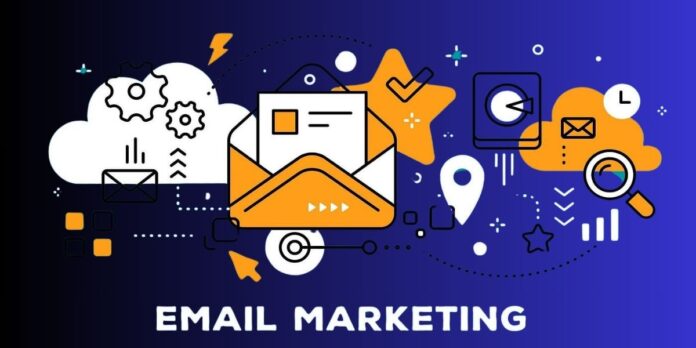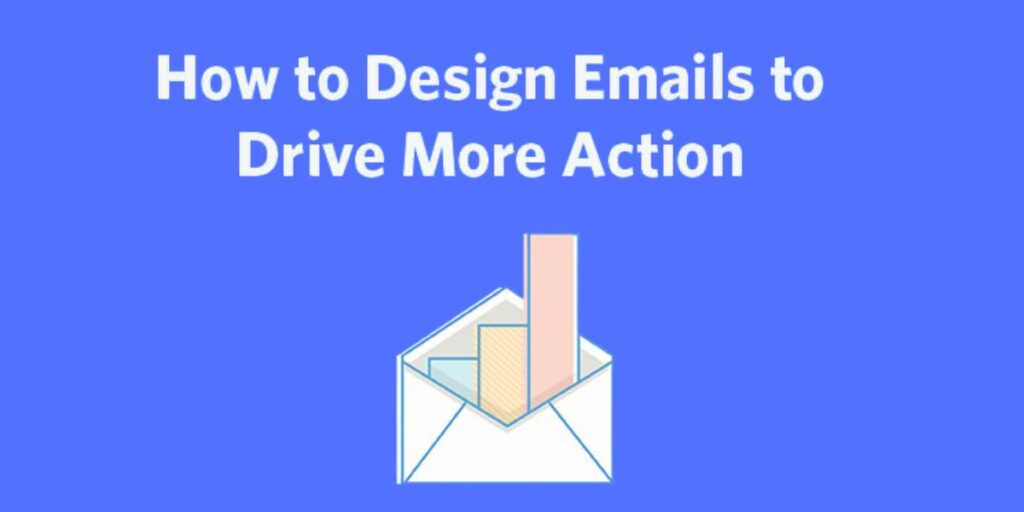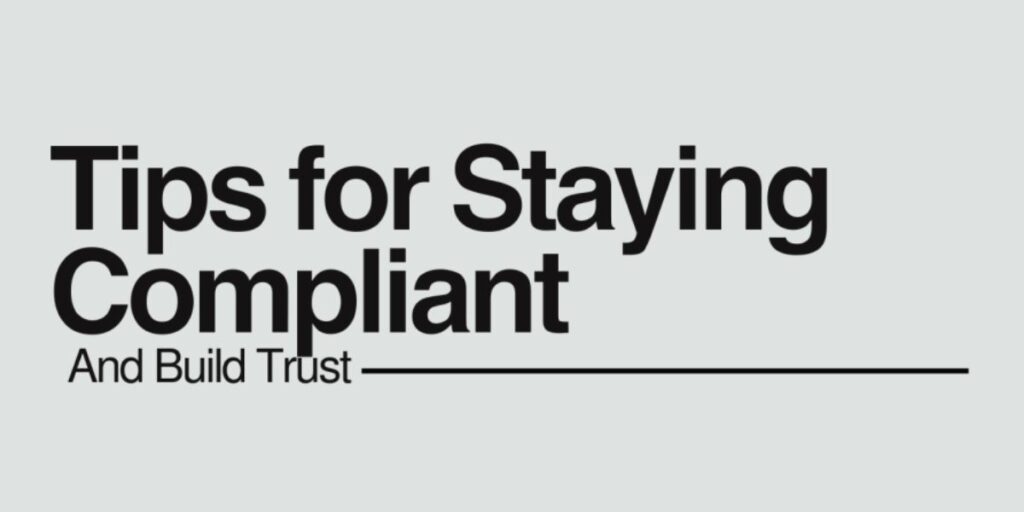Email marketing continues to be one of the most powerful and cost-effective tools for engaging customers, driving sales, and fostering brand loyalty. Despite the rise of social media and other digital marketing channels, email consistently delivers a high return on investment (ROI) when implemented effectively. However, to harness the full potential of email marketing, businesses must go beyond simply sending out messages. They need to craft campaigns that truly connect with their audience and align with their goals. In this article, we’ll explore actionable strategies to ensure your email marketing efforts truly work.
Know Your Audience Inside and Out
Understanding your audience is the cornerstone of successful email marketing. Before launching any campaign, it’s crucial to know who your subscribers are, what they care about, and what drives them to take action. This understanding allows you to create highly targeted and personalized content that speaks directly to their needs and preferences.
To achieve this, start by collecting detailed data about your subscribers. Use sign-up forms that ask for specific information, conduct surveys, and analyze user behavior on your website. Once you have this information, segment your email list based on factors like demographics, purchase history, and engagement levels. Sending tailored content to these segments significantly increases the relevance of your emails, leading to higher open rates, better engagement, and more conversions.
Crafting Subject Lines That Capture Attention
Your subject line is the first point of contact between your email and the subscriber. It’s your best chance to make a strong impression and entice the recipient to open the email. A great subject line is clear, and concise, and creates a sense of urgency or curiosity, compelling the reader to click.
To maximize the effectiveness of your subject lines, consider A/B testing different variations. Experiment with various styles, tones, and lengths to discover what resonates most with your audience. Personalization can also be a powerful tool—using the recipient’s name or referencing their past interactions with your brand can make the subject line feel more relevant and increase open rates.
Personalization: The Key to Engagement
Today’s consumers expect personalized experiences across all touchpoints, and email marketing is no exception. Personalization involves more than just using the recipient’s name; it’s about delivering content that is highly relevant to their interests and needs.
Leverage the data you’ve collected to personalize your emails effectively. For example, recommend products based on past purchases, send personalized offers on special occasions like birthdays, or tailor content to specific user segments. When subscribers receive content that feels tailored to them, they are more likely to engage with the email and take action.
Designing Emails That Drive Action
The design of your email plays a significant role in its overall effectiveness. A well-designed email is not only visually appealing but also user-friendly and focused on driving the recipient to take action. Consider the following design elements:
Mobile-Friendly Design:
With a large percentage of emails being opened on mobile devices, ensuring your emails are mobile-friendly is critical. A responsive design adapts to various screen sizes, providing a seamless experience regardless of the device.
Clear Call-to-Action (CTA):
Your CTA is the most important element of your email. It should be easy to find, visually distinct, and use actionable language that encourages the recipient to take the desired step, whether it’s making a purchase, signing up for an event, or downloading content.
Organized Content:
Use headings, subheadings, and bullet points to organize your content and make it easy to scan. A clear visual hierarchy helps guide the reader’s attention to the most important information.
Brand Consistency:
Your emails should reflect your brand’s visual identity, including colors, fonts, and logos. Consistency helps reinforce brand recognition and builds trust with your audience.
Automate for Efficiency and Effectiveness
Email automation is a powerful tool that allows you to send timely, relevant emails without the need for manual intervention. By setting up automated workflows, you can nurture leads, engage customers, and drive conversions more efficiently.
For example, you can create a welcome series for new subscribers, trigger abandoned cart emails to recover lost sales or set up re-engagement campaigns for inactive users. Automation not only saves time but also ensures that your emails are sent at the optimal moment, increasing their impact.
However, it’s important to regularly review and update your automated workflows to ensure they remain relevant and aligned with your current marketing objectives.
Measure and Optimize for Continuous Improvement
To ensure your email marketing efforts are successful, it’s essential to track and analyze key performance metrics. Common metrics include open rates, click-through rates, conversion rates, and unsubscribe rates. By regularly monitoring these metrics, you can gain insights into what’s working and where there’s room for improvement.
For instance, if you notice high open rates but low click-through rates, it may indicate that your subject lines are effective, but the email content or CTA needs improvement. On the other hand, a high unsubscribe rate might suggest that your emails are not meeting subscriber expectations and need to be adjusted.
A/B testing is another valuable tool for optimization. By testing different elements of your emails—such as subject lines, content, and design—you can identify what drives the best results and refine your strategy accordingly.
Stay Compliant and Build Trust
Compliance with email marketing regulations is crucial for maintaining trust with your audience and avoiding legal issues. Familiarize yourself with regulations such as the CAN-SPAM Act in the United States and the General Data Protection Regulation (GDPR) in the European Union.
Key compliance practices include obtaining explicit consent from subscribers before sending emails, providing an easy way for recipients to unsubscribe, and including your business’s physical address in every email. Adhering to these regulations not only helps you avoid penalties but also builds trust with your subscribers.
Conclusion
Email marketing remains a powerful tool for businesses to connect with their audience and drive results. By understanding your audience, crafting compelling and personalized content, designing effective emails, and continuously analyzing and optimizing your efforts, you can create email marketing campaigns that truly work. With the right strategies in place, your emails will not only reach your audience but also resonate with them, leading to increased engagement, loyalty, and conversions.






